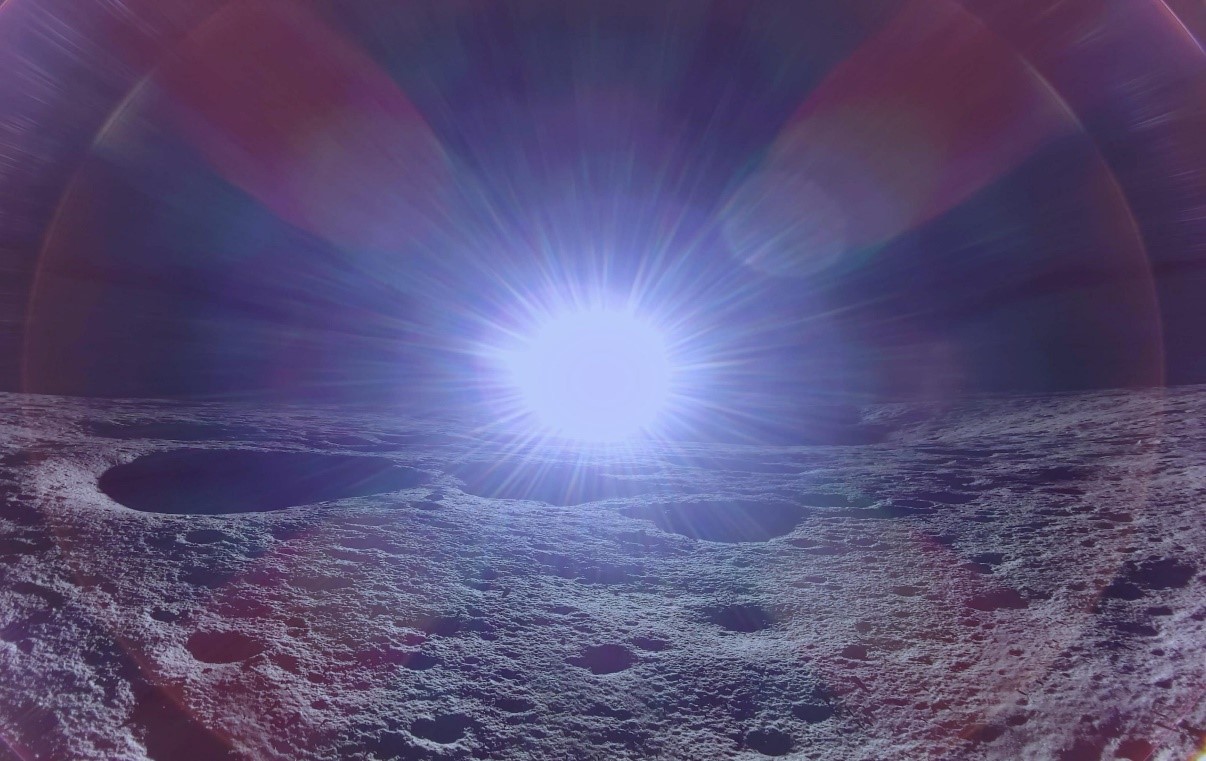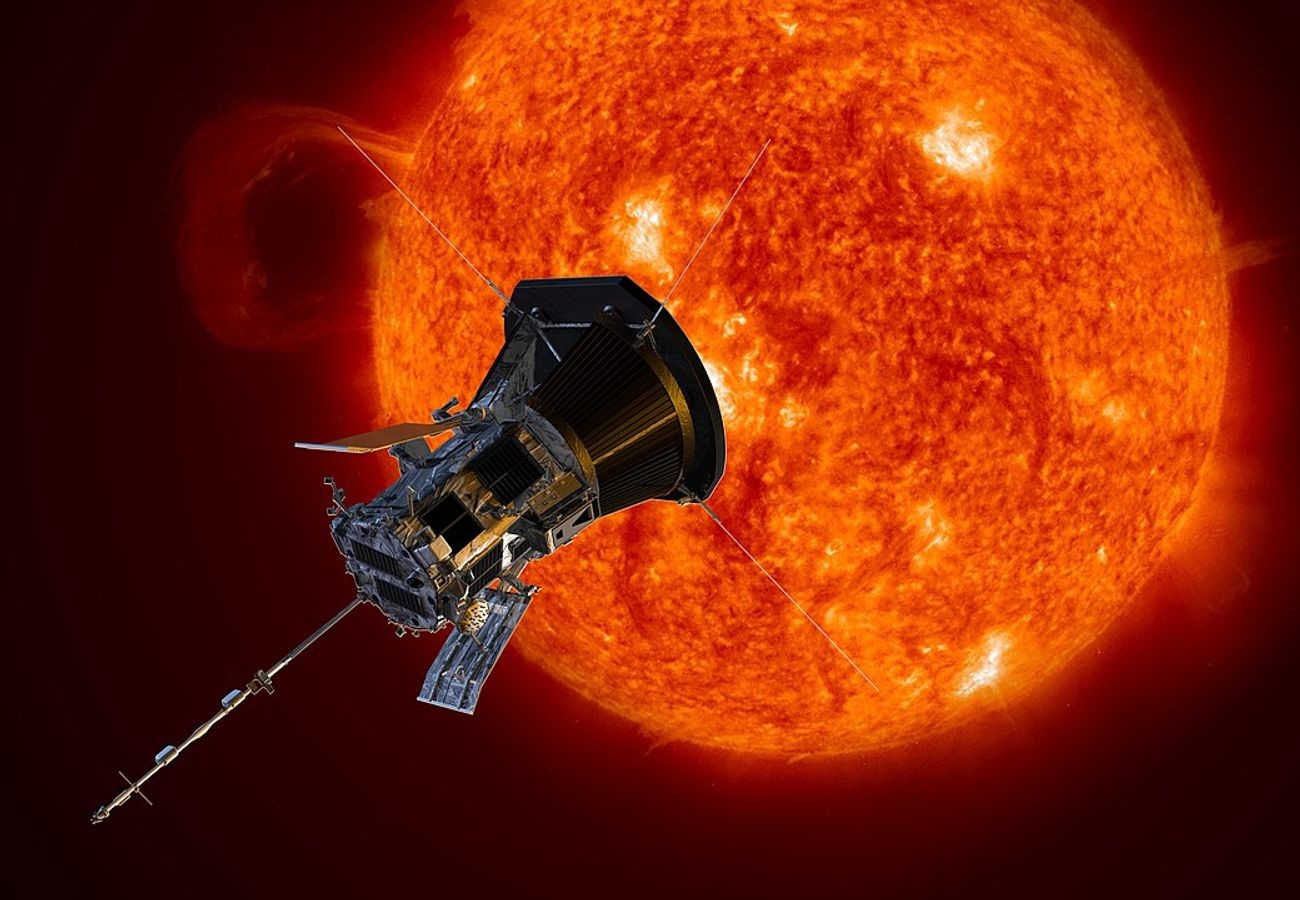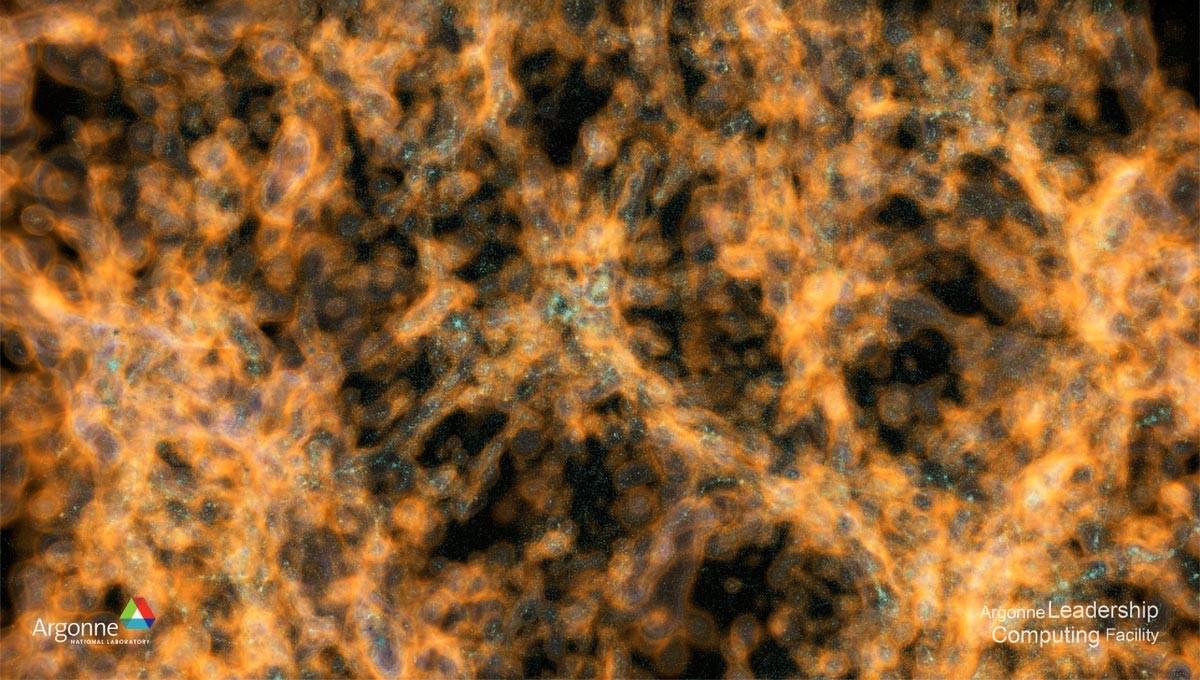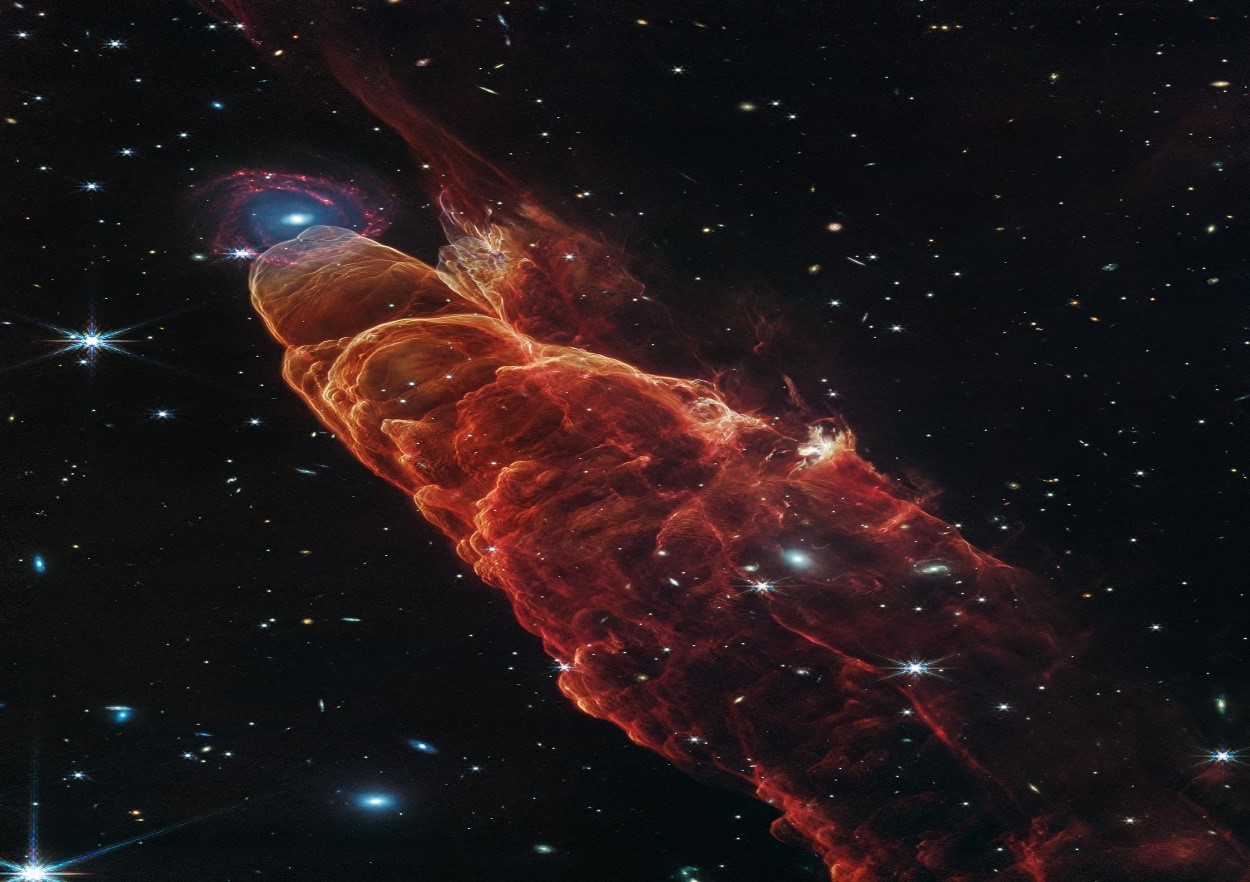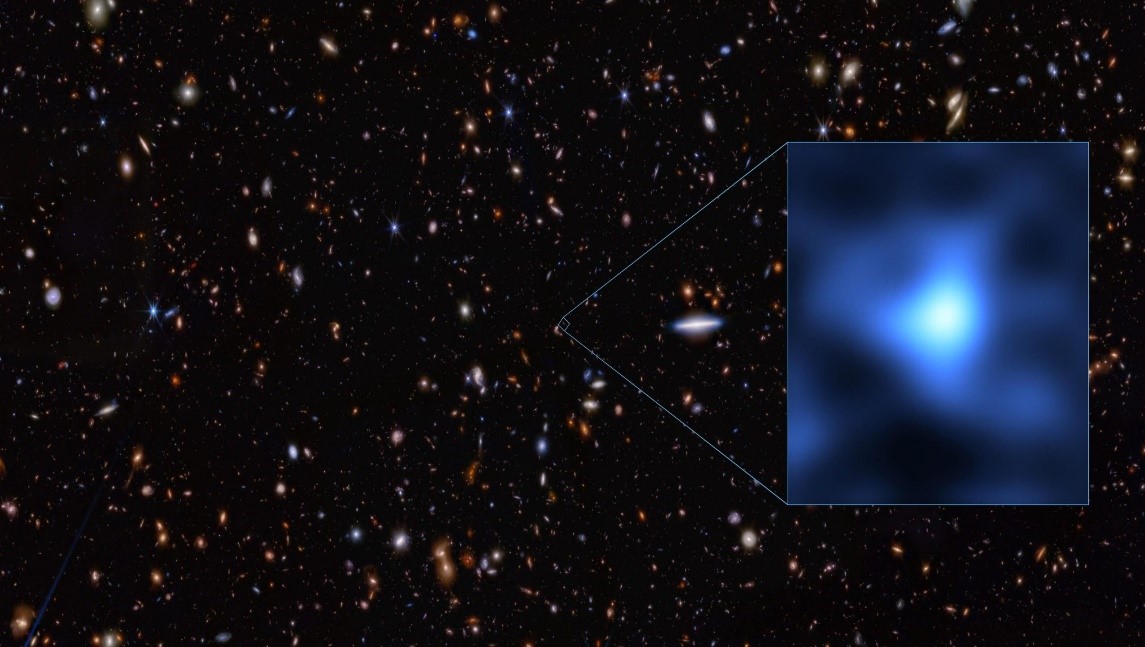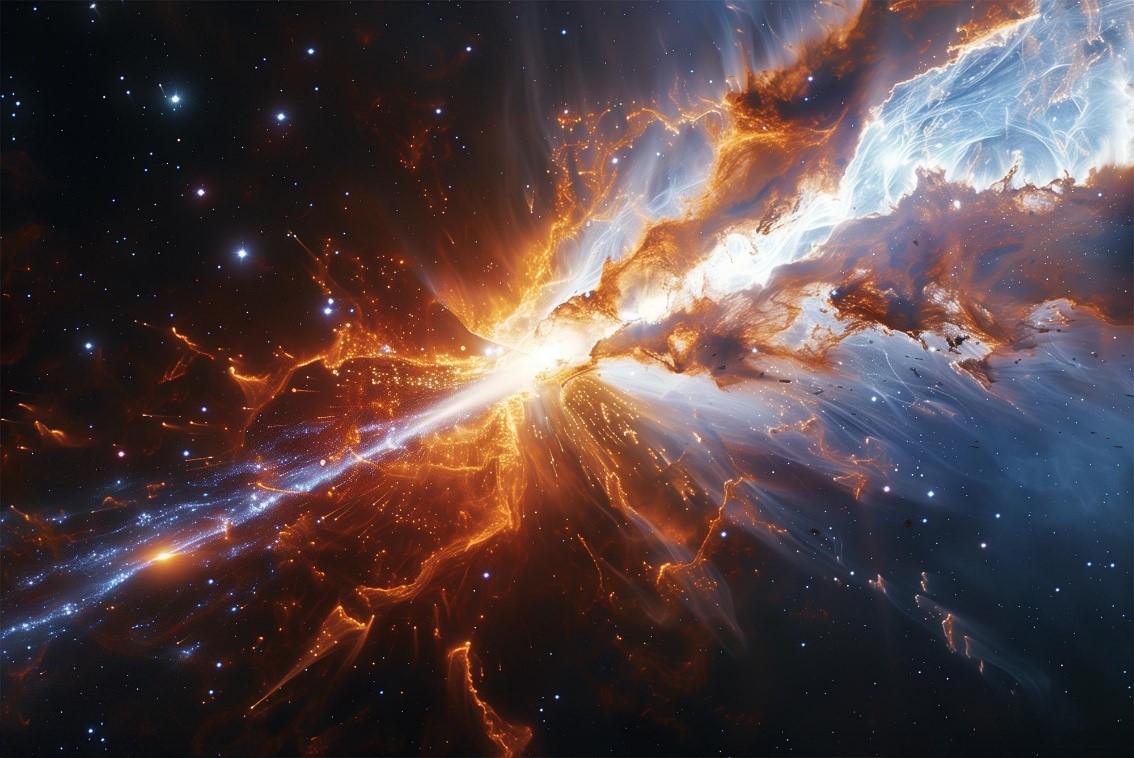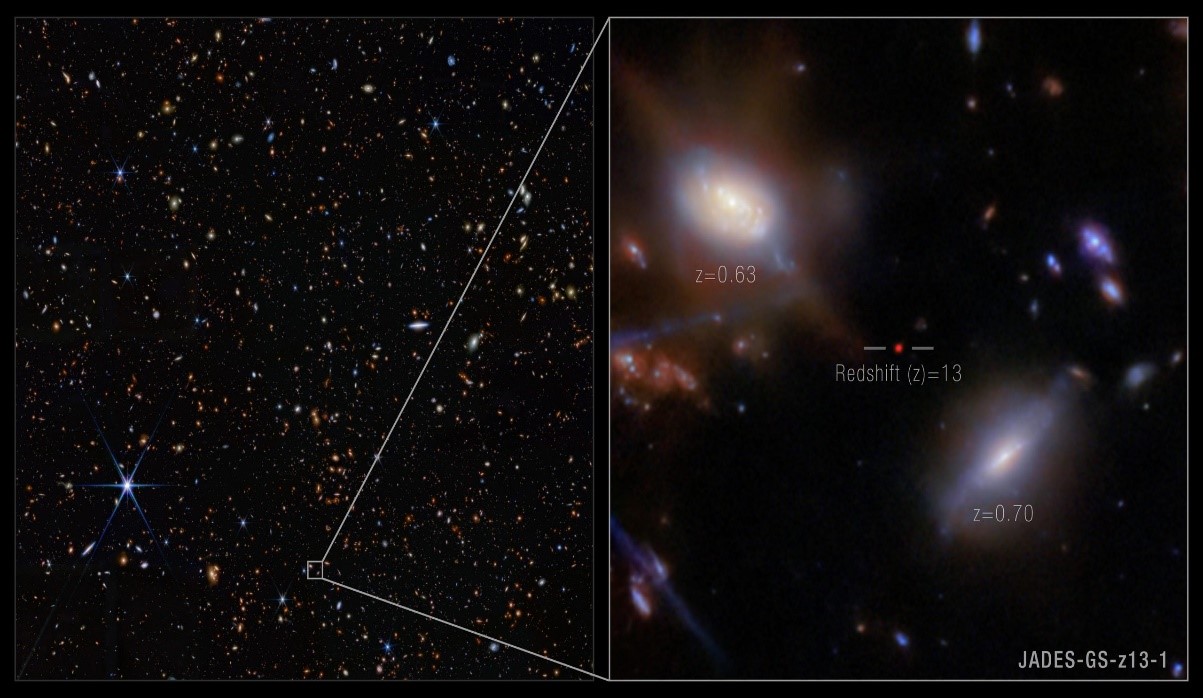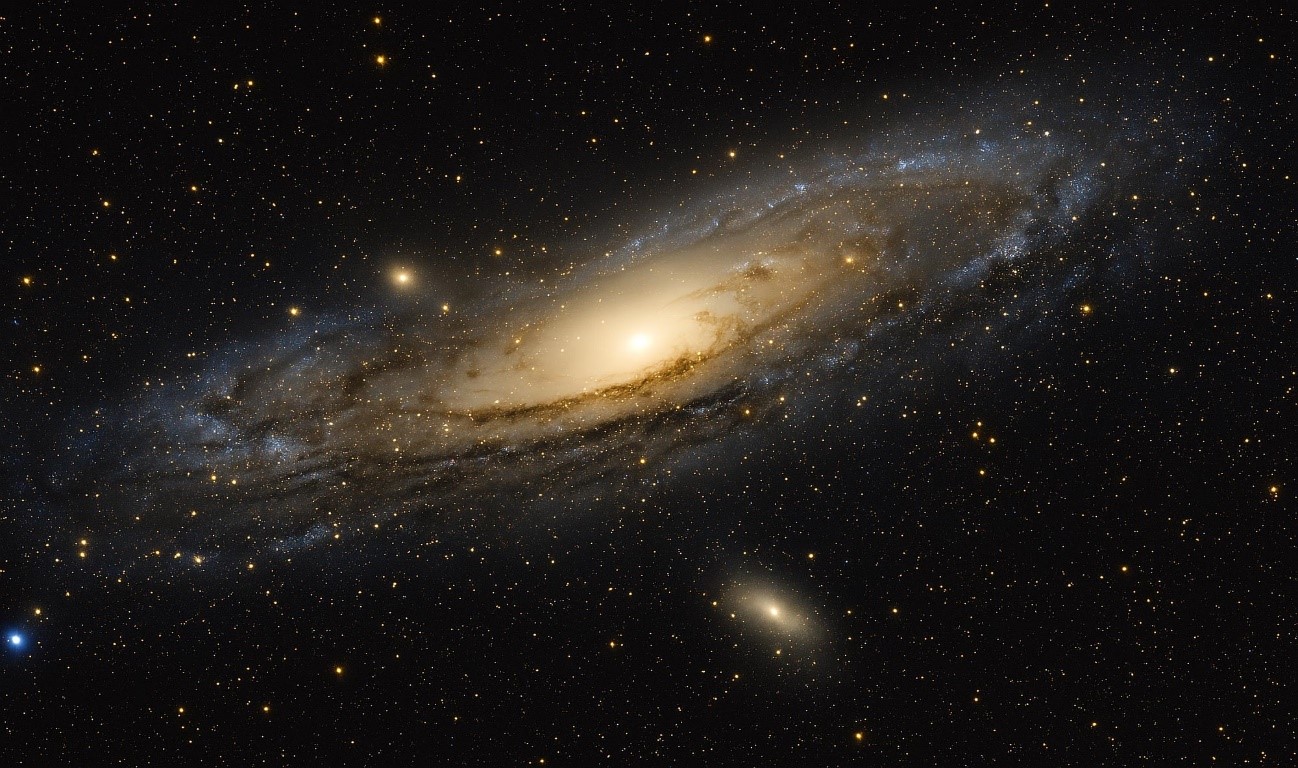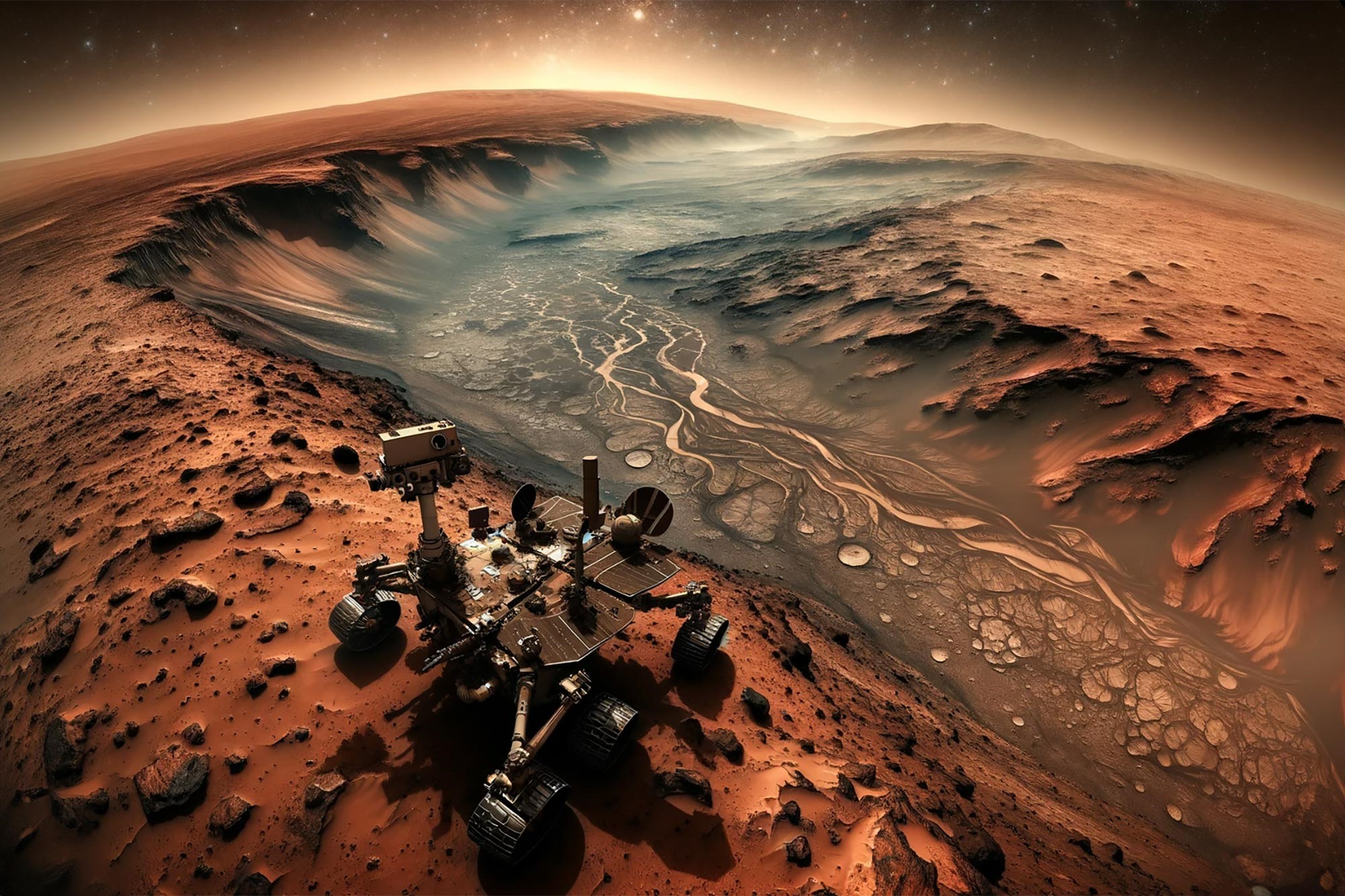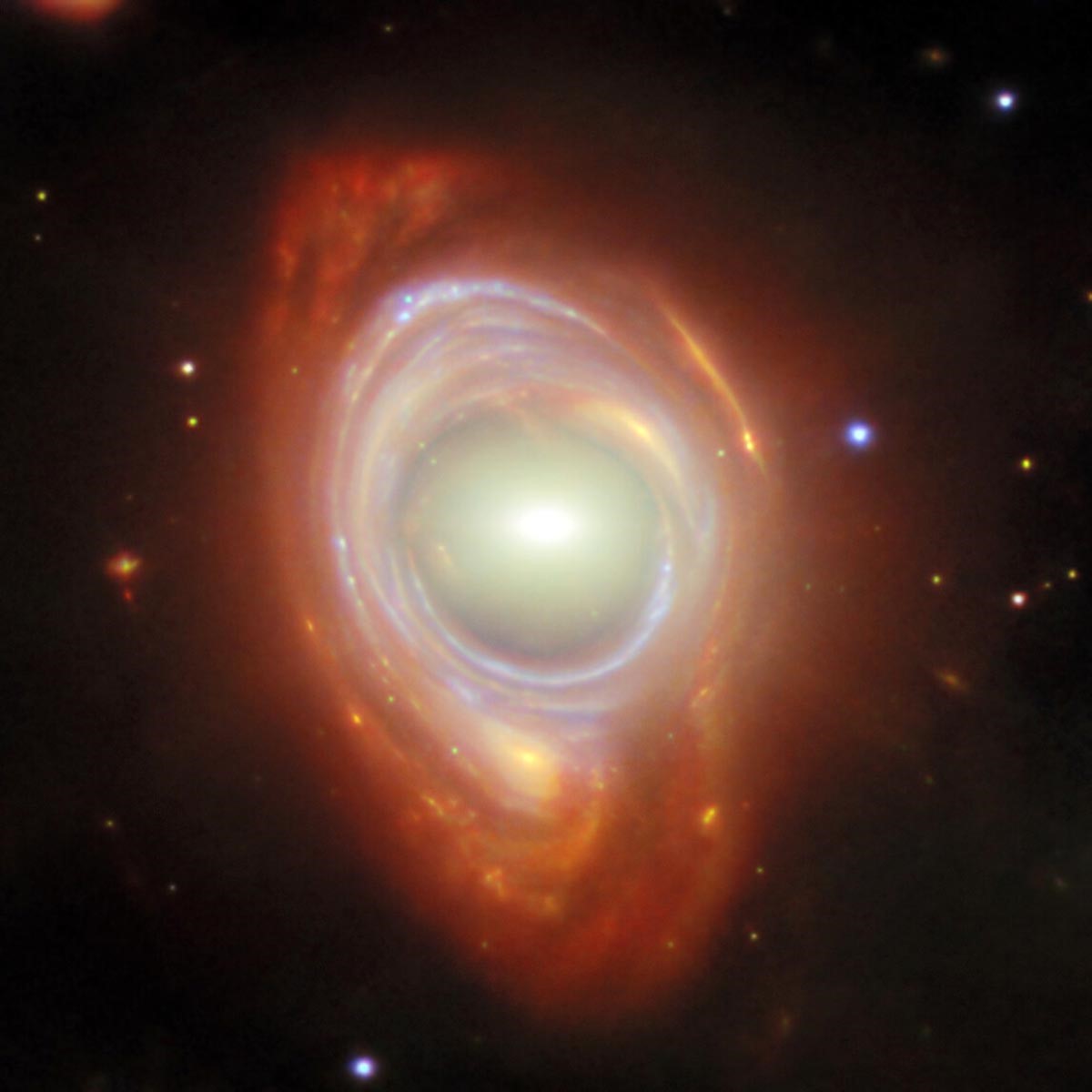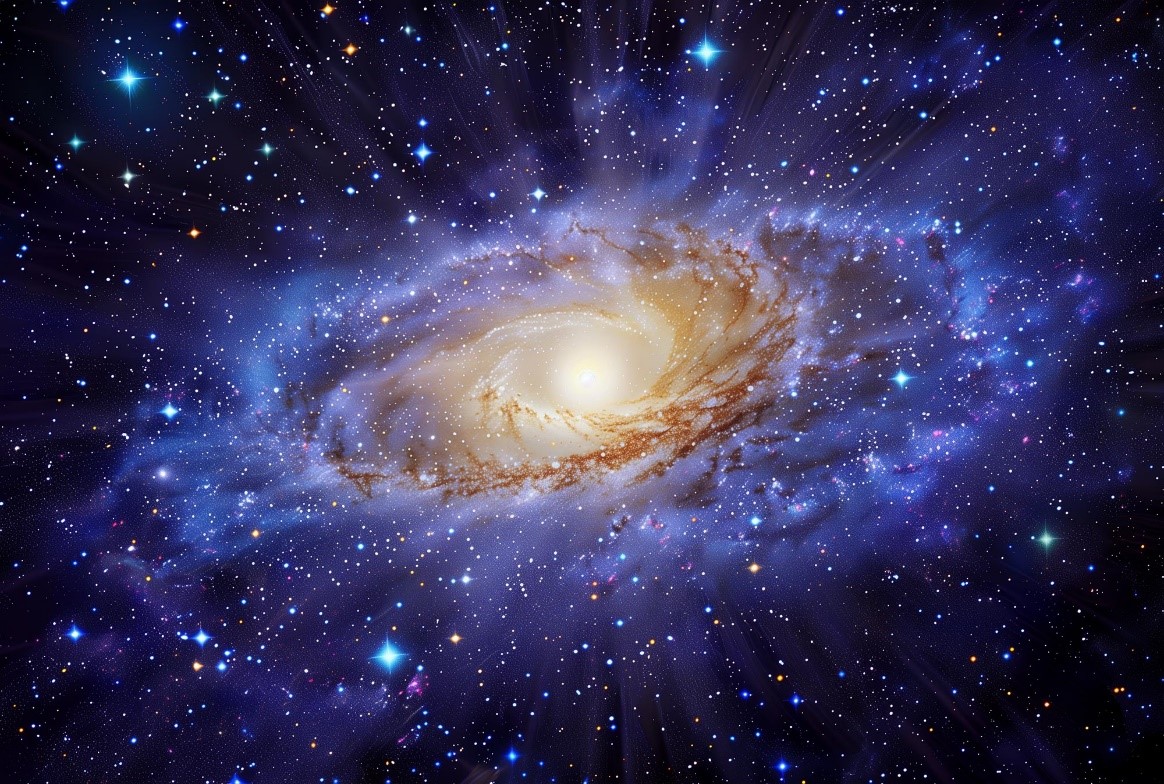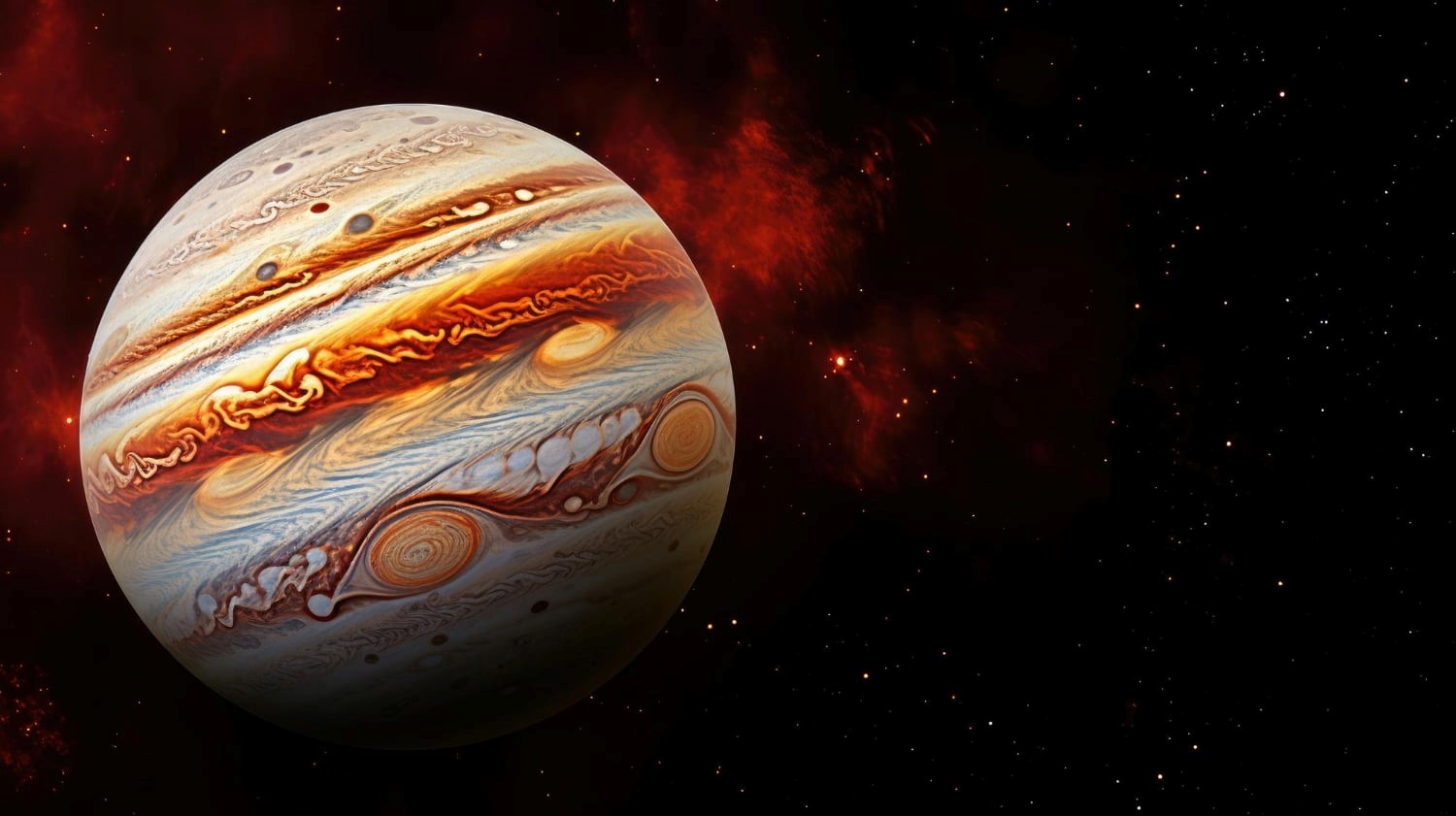Gaia Spacecraft, Which Mapped Two Billion Stars, Has Been Shut Down
After more than a decade of invaluable service, ESA's Gaia spacecraft has been retired, but its impact is far from over. From mapping nearly two billion stars to unraveling the mysteries of our galaxy, Gaia transformed our understanding of the Milky Way. Now in silent retirement, orbiting the Sun, its vast trove of data will continue to drive cosmic discoveries for years to come. With personal farewell messages stored in its memory, Gaia carries a piece of humanity as it drifts among the stars.
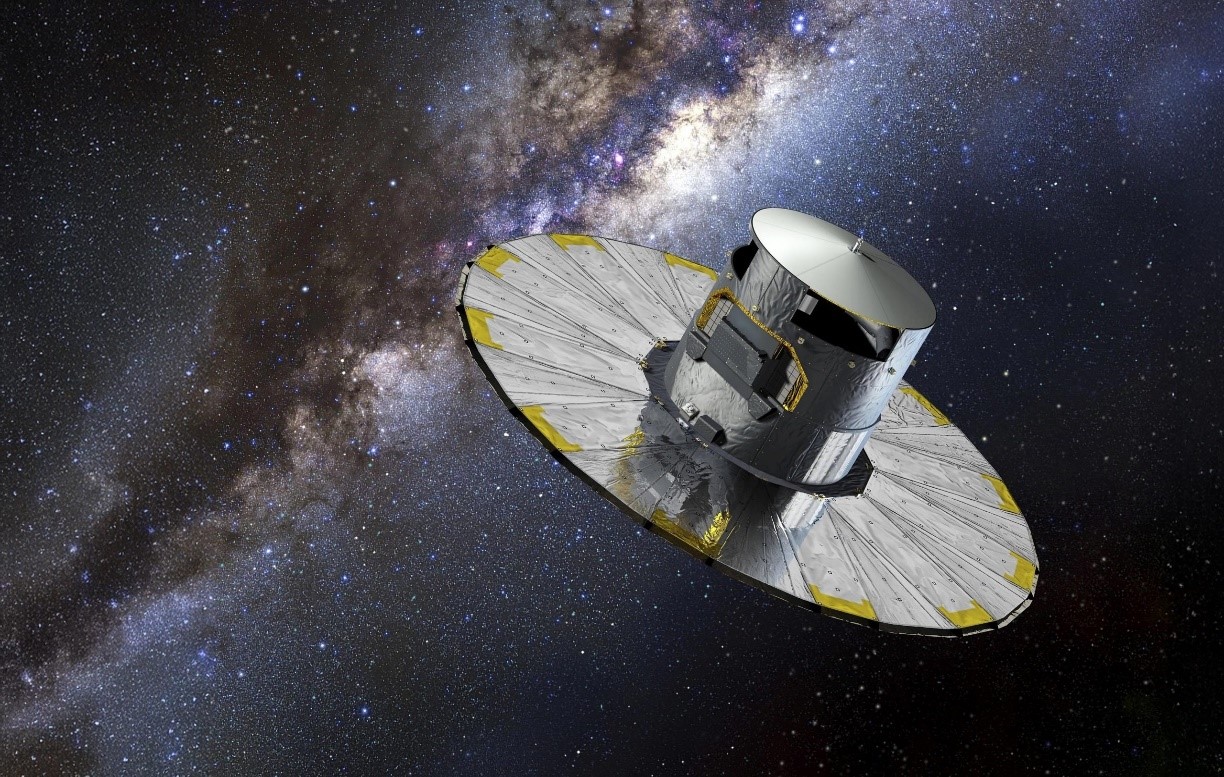
Figure 1. Gaia's Legacy: Shaping the Future of Space Exploration
End of the Gaia Mission
The European Space Agency (ESA) has officially retired its Gaia spacecraft after over a decade in space. Launched in 2013, Gaia has provided invaluable data that is helping scientists explore the structure and history of our galaxy. On March 27, 2025, mission controllers at ESA’s European Space Operations Centre powered down Gaia’s systems and placed it into a stable "retirement orbit" around the Sun [1]. While the spacecraft’s operational mission has concluded, the scientific journey continues, as the data it gathered will fuel new discoveries for years to come. Figure 1 shows Gaia’s Legacy: Shaping the Future of Space Exploration.
Transforming Our Understanding of the Galaxy
Throughout its mission, Gaia transformed our understanding of the cosmos by precisely measuring the positions, distances, motions, and characteristics of nearly two billion stars and countless other celestial objects. This has resulted in the most detailed and multi-dimensional map of the Milky Way ever created, offering an unmatched perspective on its structure and evolution.
Gaia’s data uncovered evidence of ancient galactic collisions, identified new star clusters, and contributed to the discovery of exoplanets and black holes. It also mapped millions of distant quasars and galaxies, as well as tracked hundreds of thousands of asteroids and comets in our Solar System. Gaia’s contributions have enabled astronomers to create visualizations of the Milky Way as it might appear from outside.
"Gaia’s extensive data releases are a unique treasure trove for astrophysical research, influencing nearly every field of astronomy," says Gaia Project Scientist Johannes Sahlmann. "With Data Release 4 planned for 2026 and the final legacy catalogs expected by the end of 2030, Gaia will continue to shape our scientific understanding of the universe for decades to come."
Deactivating a Resilient Spacecraft
"Turning off a spacecraft at the end of its mission may seem straightforward," says Gaia Spacecraft Operator Tiago Nogueira, "but spacecraft are designed to resist being shut down."
"Gaia was built to endure challenges like radiation storms, micrometeorite impacts, or communication loss with Earth. Its multiple redundant systems ensured it could always reboot and continue operations after any disruption."
"We had to carefully design a decommissioning plan, gradually disabling the layers of redundancy that kept Gaia operational for so long. The goal was to prevent it from reactivating in the future and transmitting again if its solar panels were to catch sunlight."
One Final Journey into the Sun’s Grasp
On March 27, 2025, the Gaia control team performed a series of passivation procedures. Using Gaia's thrusters for the final time, they moved the spacecraft away from L2 into a stable retirement orbit around the Sun, ensuring it would remain at least 10 million km from Earth for the next century.
The team then systematically deactivated Gaia's instruments and subsystems, intentionally corrupting its onboard software. The communication subsystem and central computer were the last components to be powered down.
Goodbye, Byte by Byte
I was responsible for corrupting Gaia’s processor modules to ensure its onboard software can never restart once we power down the spacecraft," says Spacecraft Operations Engineer Julia Fortuno.
She adds, "I have mixed emotions—excitement for completing these critical end-of-life operations and sadness in saying goodbye to a spacecraft I’ve worked with for over five years. I'm proud to have been part of this incredible mission."
Gaia’s final transmission to the ESOC mission control marked the end of a carefully planned farewell to a spacecraft that has spent more than a decade mapping the sky.
Data That Will Shape the Future
Although Gaia has now fallen silent, its impact on astronomy will continue to influence research for decades. Its extensive and growing data archive remains a valuable resource for scientists, enhancing our understanding of galactic archaeology, stellar evolution, exoplanets, and more.
As a key player in galactic exploration, Gaia has created the maps that future researchers will rely on for new discoveries. For example, the star trackers on ESA’s Euclid spacecraft use Gaia’s data to precisely orient the spacecraft, while ESA’s upcoming Plato mission will investigate exoplanets around stars mapped by Gaia and may follow up on new exoplanetary systems Gaia identified.
In its final weeks, the Gaia control team also conducted a series of technology tests. They examined Gaia’s micro propulsion system under challenging conditions to assess its performance after over a decade in space. The results could help improve the development of future ESA missions that use similar propulsion systems, such as the LISA mission.
Timeless Messages in the Stars
The Gaia spacecraft holds profound emotional value for those who contributed to its mission. During its decommissioning, the names of approximately 1,500 team members were embedded into Gaia’s backup software, leaving a lasting tribute in its memory [2]. Personal farewell messages were also included, ensuring that a piece of the team remains with Gaia as it drifts through space.
As Gaia Mission Manager Uwe Lammers expressed, “We will never forget Gaia, and Gaia will never forget us.”
Reference:
- https://scitechdaily.com/they-just-shut-down-gaia-the-spacecraft-that-mapped-two-billion-stars/
- https://www.cbc.ca/radio/asithappens/spacecraft-gaia-milky-way-1.7497861
Cite this article:
Janani R (2025), Gaia Spacecraft, Which Mapped Two Billion Stars, Has Been Shut Down, AnaTechMaz, pp.296


